Stars! Stars! Stars! (2 page)
Read Stars! Stars! Stars! Online
Authors: Bob Barner
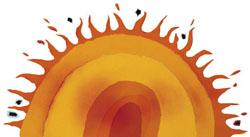
The Sun
is a medium-size star. All nine of the planets in our solar system orbit the Sun. The Sun has been burning for about 5 billion years.
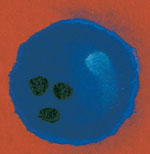
Mercury,
the closest planet to the Sun, is only a little larger than the Moon. Its surface is covered with tall mountains and deep craters.
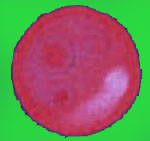
Venus
is a planet, but it is called the Evening Star because it is usually the first light we see shining in the evening sky.
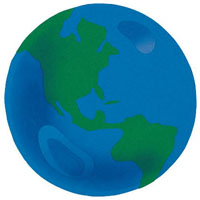
Earth,
our home, is the only planet in our solar system that we know supports life.
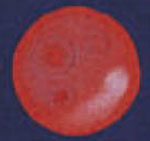
Mars,
the red planet, is about half the size of Earth. Mars looks red because it is covered with rust-colored soil.
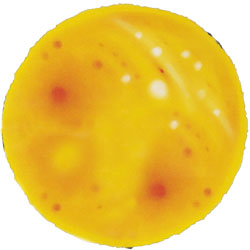
Jupiter
is the largest planet in our solar system. It is so big that all of the other planets could fit inside it.
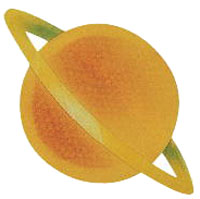
Saturn
is not very dense and would float in water. Its rings are made of pieces of dust and ice varying from as small as a pea to as large as a car.
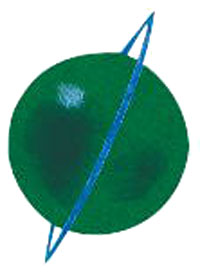
Uranus
spins on its side. The narrow ring around Uranus is made of black ice.
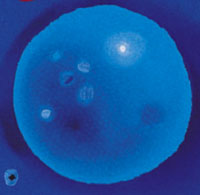
Neptune,
the blue planet, has winds that blow up to 1,500 miles per hour (2,420 km/h). Its blue color is caused by methane in its atmosphere.
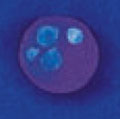
Pluto,
the smallest planet, is smaller than the Moon. Pluto is also farthest from the Sun, as far as 4.6 billion miles (7.38 billion km)!
A star is a giant ball of glowing gas. Stars twinkle because we see them through layers of moving air in Earth’s atmosphere.

A constellation is a group of stars that people connect with imaginary lines to form a design. There are 88 constellations in the sky.

A sun is any star that is the center of a planetary system. Our sun is a medium-size star.
